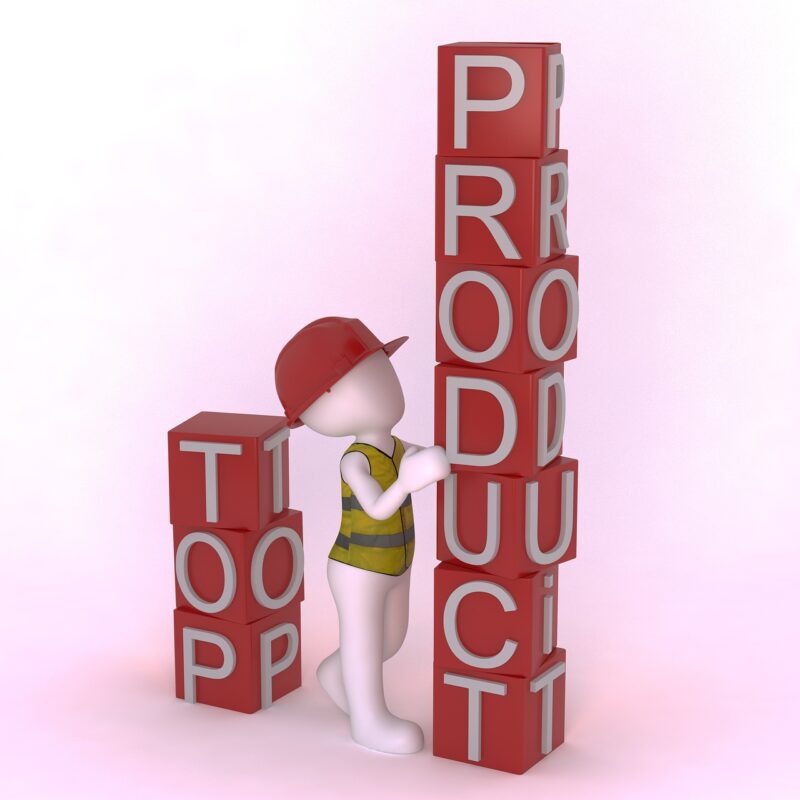
When it comes to selling online, catchy product descriptions are essential. A compelling description can make the difference between a customer hitting ‘buy’ and simply browsing. This guide will walk you through the essential steps to create engaging product descriptions that sell, driving both conversion rates and customer satisfaction.
1. Understand Your Audience
The first step in creating effective product descriptions is to know your audience well. What do they value? What language do they use? Understanding your target market enables you to tailor your descriptions to align with their interests and needs. Conducting market research can help you design a profile of your ideal customer.
– Identify Pain Points: Understand what problems your product solves for the customer. Use this insight to frame your description around their needs.
– Use Their Language: Utilize terms and phrases that resonate with your audience. This connection fosters trust and makes the customer feel understood.
2. Start with a Strong Headline
Your product description’s title or headline is its first impression. An effective headline grabs the reader’s attention right away. Here are some elements of a strong headline:
– Make it clear: State what the product is and highlight its most compelling feature.
– Create urgency or exclusivity: Words like “limited time offer” or “exclusive access” encourage the reader to act quickly.
– Incorporate keywords: Using relevant search keywords can enhance SEO, helping the product appear in search results.
3. Highlight Features & Benefits
A common mistake is focusing solely on product features without addressing the benefits. Features describe what a product is or what it does, while benefits explain why those features are valuable.
– List Key Features: Use bullet points to list specific characteristics of the product such as materials, dimensions, or compatibility.
– Explain Its Benefits: Follow each feature with a brief explanation of how it benefits the user. For instance, instead of saying “Stainless Steel Construction,” you could say, “Constructed from durable stainless steel for long-lasting use and easy cleaning.”
4. Use Descriptive Language & Storytelling
Dive into a narrative that helps the customer imagine using your product. Paint a picture with vivid, sensory language that helps evoke emotions:
– Engage the Senses: Incorporate words that appeal to the senses of sight, sound, touch, taste, and smell. For instance, if you’re selling a candle, describe its scent and how it creates a cozy ambiance.
– Tell a Story: Create a scenario where a customer might use the product. This strategy helps frame the item as a must-have in real-life contexts.
5. Incorporate Social Proof
Including testimonials, ratings, or user-generated content within your product descriptions can significantly enhance credibility. Social proof helps reassure potential buyers of a product’s quality:
– Quotes from Customers: Include short, impactful quotes from satisfied customers who can speak to the product’s benefits.
– Star Ratings: Utilize star ratings prominently in your listings.
6. Focus on SEO Best Practices
To maximize your product’s visibility, integrate relevant keywords naturally within your product description. This optimization will help search engines understand your content better. Key tips include:
– Use Keywords Wisely: Identify keywords that potential customers might search for and include them in your description, headings, and bullet points.
– Avoid Keyword Stuffing: Ensure that the usage of keywords comes naturally; overstuffing can negatively impact readability and SEO.
7. End with a Clear Call to Action (CTA)
A strong call to action encourages readers to take the next step, whether it’s “Add to Cart,” “Buy Now,” or “Learn More.” Ensure your CTA is clear and enticing:
– Make it Actionable: Use verbs that prompt immediate action.
– Create a Sense of Urgency: Phrases like “Limited Stock Available!” can spur customers to take action more quickly.
Conclusion
Writing product descriptions that sell requires a blend of understanding your audience, strategic language usage, and effective storytelling. By emphasizing features, weaving in benefits, and incorporating social proof, you can create compelling content that drives conversions. Remember also to use strong keywords for SEO and finish with a call to action that urges readers to make a purchase. Mastering the art of product descriptions will not only enhance your sales but can also improve your brand’s reputation and visibility in the competitive online marketplace.





